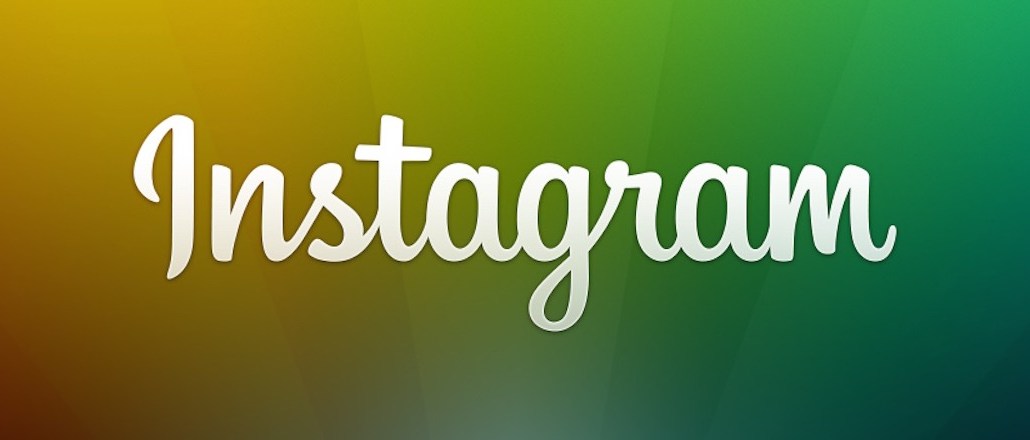Instagram’s new marketing program paves way for more brands to spend

Instagram is bringing on dozens of new ad tech partners to help keep ads and marketing rolling on the platform.
Facebook’s image-sharing app announced the official launch of the Instagram Partner Program today, and it opens up more opportunities to inject commercials into people’s feeds, paid and non-paid. There are 40 ad tech companies plugging into the ecosystem as part of the program, including Nanigans, Adaptly, Hootsuite, Tongal and SocialCode.
“Our partners compliment Instagram’s marketing tools, simplifying and scaling success for businesses through their proprietary tools,” Instagram said in a blog post today. “We’re starting the program with 40 partners ready to power businesses around the globe.”
Instagram said these platforms were chosen for their expertise in ad tech, community management and content marketing. These types of partner programs are not new. For instance, Pinterest has a similar arrangement with technology players, and Facebook has its own program. But the partnerships are a way for social media sites to encourage more brand activity and spending.
Instagram is still a fairly new ad option for brands, and has only a fraction of Facebook’s 2.5 million advertisers. Still, it has benefitted from piggybacking on Facebook’s mature ad technology and sophisticated targeting tools.
Instagram already launched its ad API, which is a software platform that handles advertising orders from technology partners. The API rolled out this summer, and at the time Insatgram said the partner program was in the works, too. Both platform upgrades are meant to make it easier for advertisers to buy on Instagram and keep track of how campaigns perform.
In stats released today, Instagram cited a House of Blues campaign run by ad tech partner CitizenNet, which targeted people with similar musical tastes. The campaign ran in North Carolina and led to a 64 percent return on investment compared to how the venue’s campaigns typically perform, according to Instagram.

The eyewear brand Hawkers International, working with Smartly.io, claimed that Instagram campaigns led to 26 percent lower costs per click on ads than it typically pays and half the cost per action, which is the way brands measure direct response marketing that drives people to take an action like “learn more” or “shop now.”

These programs are important for boosting spending from advertisers that are used to planning campaigns through partners. For instance, SocialCode said 40 percent of its clients were now running some ads on Instagram.
Still, the ease of advertising could also lead to lower quality ads. There have been concerns that as Instagram becomes more commercial, the photo-sharing site could lose some of its artistic appeal. Facebook’s Sheryl Sandberg responded to questions during the latest quarterly earnings call with analysts by saying it was a topic that the company was focusing on. “Instagram is about the quality,” she said.
Still, even Instagram concedes taht the best way to ensure satisfaction — besides more engaging ad formats — is developing the ad technology that targets people who will be most receptive to the ads.
More in Media

Publishers revamp their newsletter offerings to engage audiences amid threat of AI and declining referral traffic
Publishers like Axios, Eater, the Guardian, theSkimm and Snopes are either growing or revamping their newsletter offerings to engage audiences as a wave of generative AI advancements increases the need for original content and referral traffic declines push publishers to find alternative ways to reach readers.

The Guardian US is starting its pursuit of political ad dollars
The Guardian US is entering the race for political ad dollars.

How much is Possible’s future in Michael Kassan’s hands?
Some people in the know at Possible said they see the conference taking a bite out of Cannes’ attendance, most acutely by U.S.-based marketers who could save money by staying on this side of the Atlantic.





